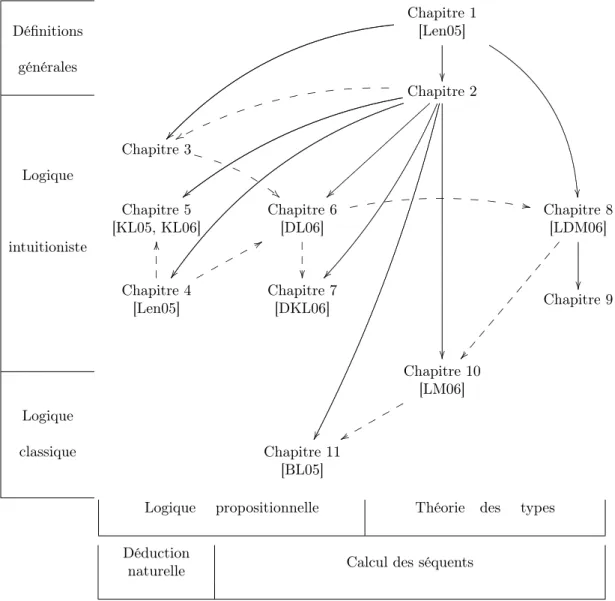Normalisation & Equivalence in Proof Theory & Type Theory
Texte intégral
Figure




Documents relatifs
In this paper, we propose a simple interpretation of the most standard focused presentation of MELL, showing how the structure of focused proofs can be described by refined
Surprisingly, the known criteria for the representation of the call-by-name λ-calculus (with explicit substitutions) fail to characterize the fragment encoding the
Stop considering anything can be applied to anything A function and its argument have different
Stop considering anything can be applied to anything A function and its argument have different behaviors.. Demaille Simply Typed λ-Calculus 12
If we stay at depth 2 in EAλ , there is no way of avoiding the second fact (one can always truncate the σ i to exponential-free types), so if we want to retrieve a larger
Since the proofs in the implicative propositional classical logic can be coded by Parigot’s λµ-terms and the cut elimination corresponds to the λµ-reduction, the result can be seen as
Hence since the birth of functional programming there have been several theoretical studies on extensions of the λ-calculus in order to account for basic algebra (see for
2. A crucial tool, in this approach, is the notion of storage operator, to be defined later. As is well known, in call-by-name λ-calculus, a function must compute its argument





